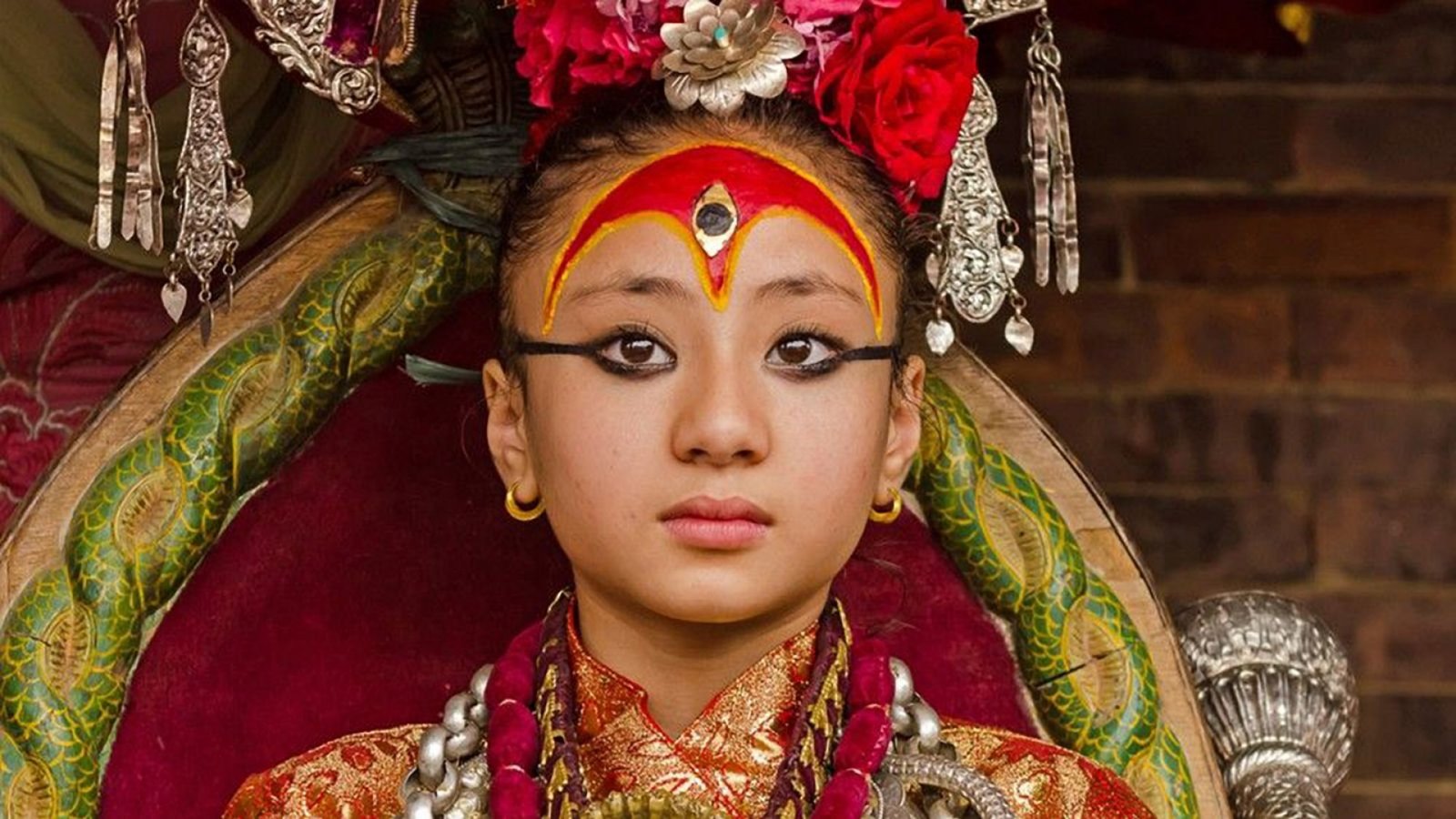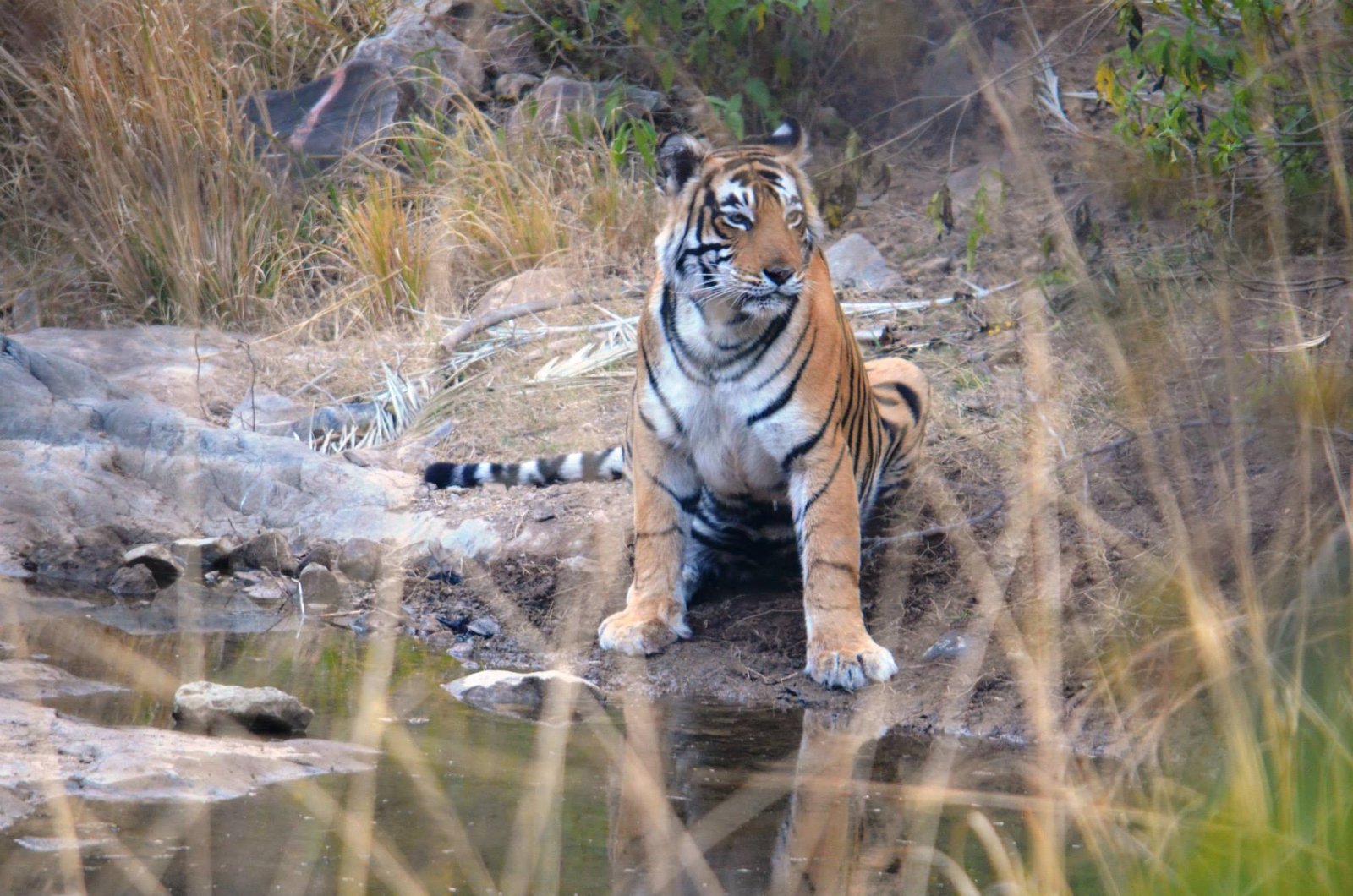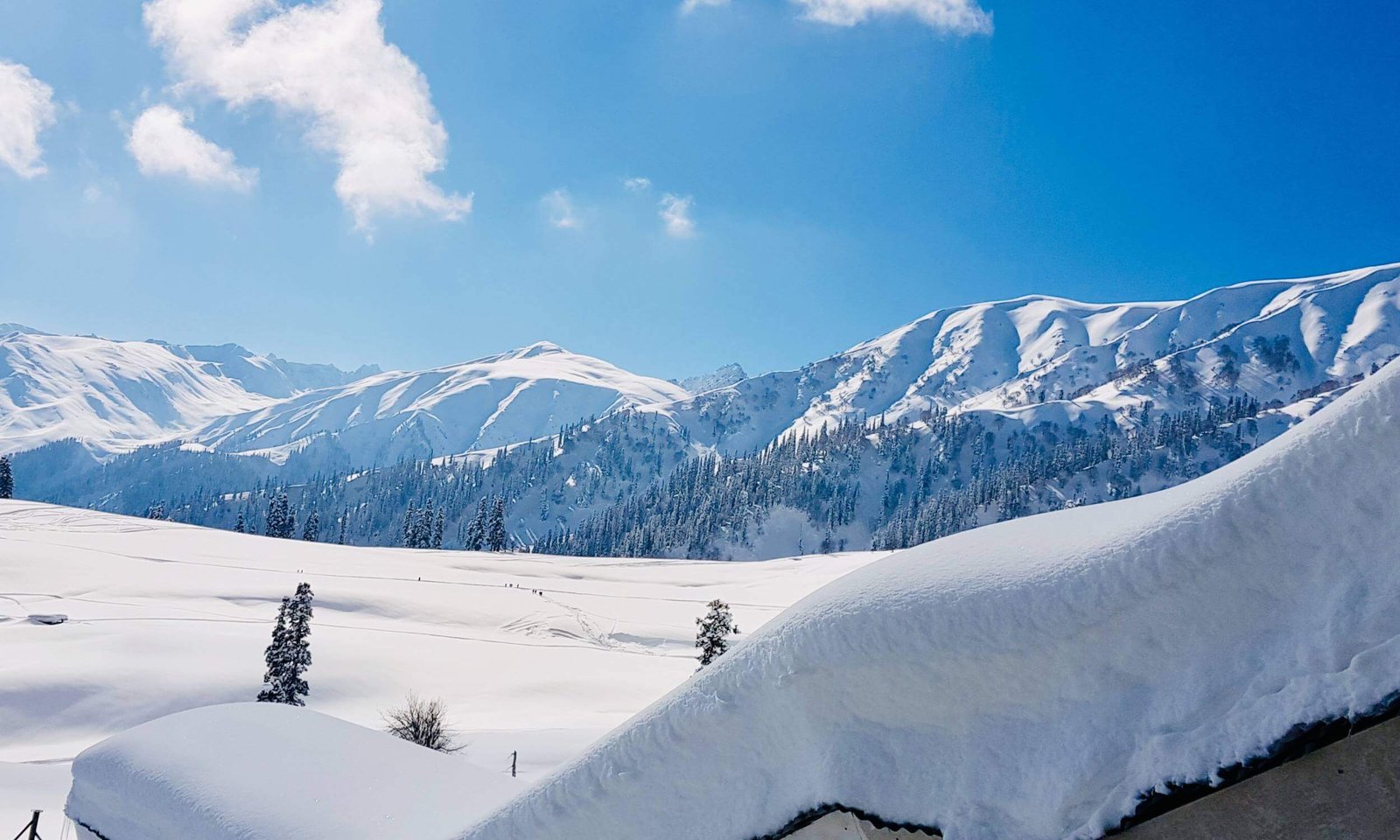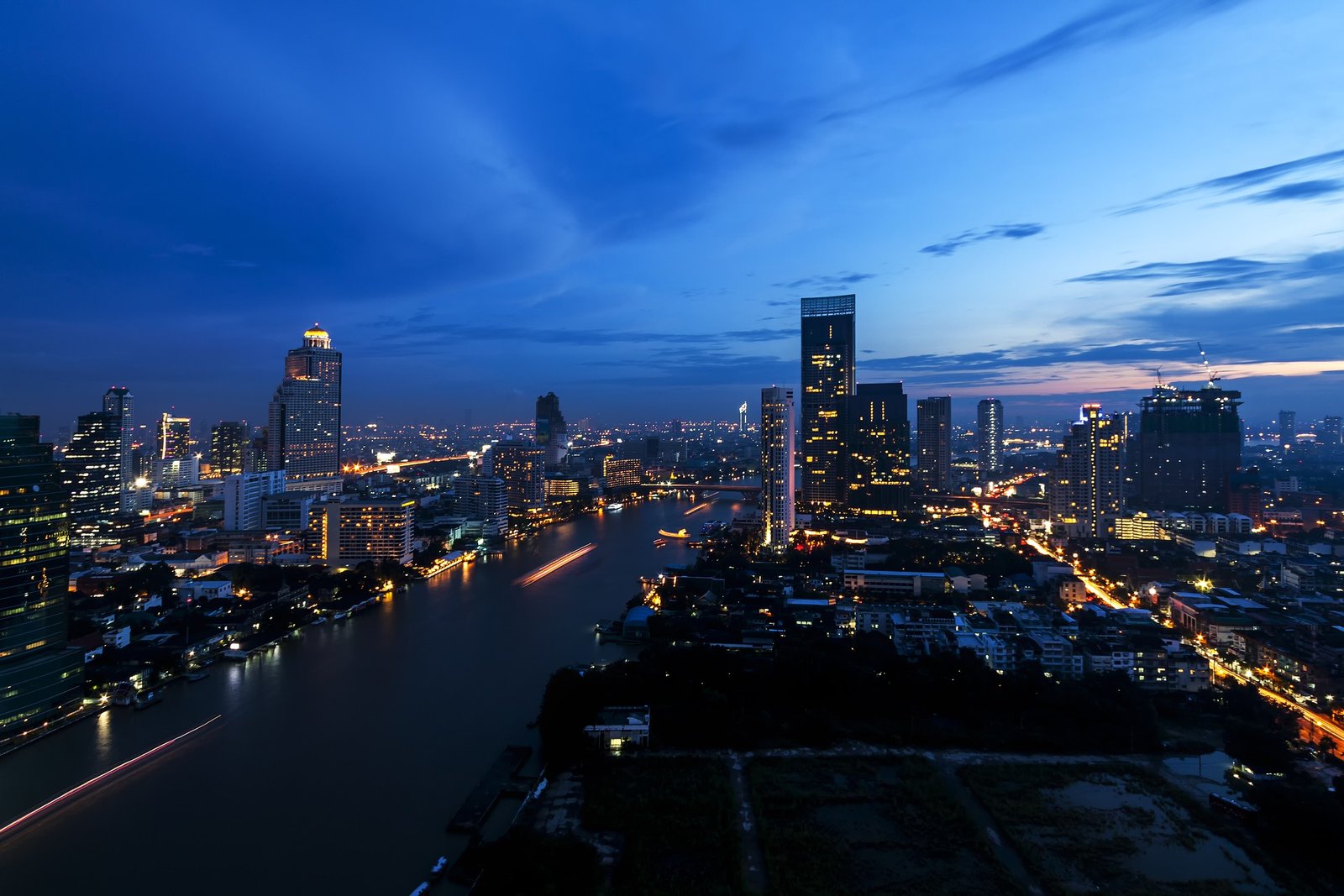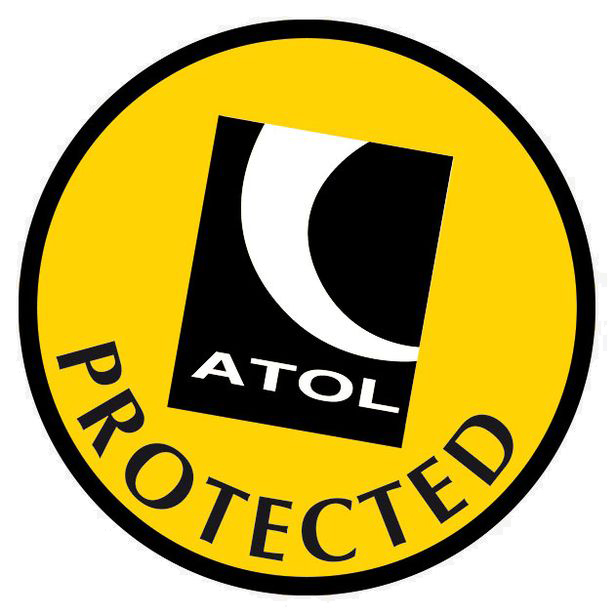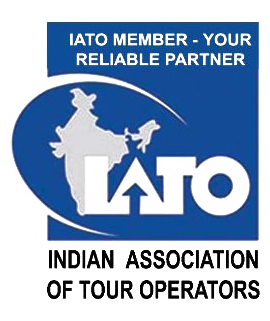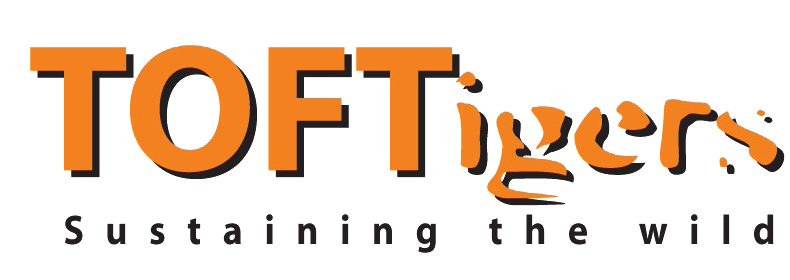Nepal is located in South Asia between China in the north and India in the south, east and west. While the total land area is 147,181 sq. km including water area of the country that is 3,830 sq. km. Nepal falls in the temperate zone north of the Tropic of Cancer. Nepal’s ecological zones run east to west about 800 km along its Himalayan axis, 150 to 250 km north to south, and is vertically intersected by the river systems. The country can be divided into three main geographical regions: Himalayan region, mid hill region and Terai region.
The highest point in the country is Mt. Everest (8,848 m) while the lowest point is in the Terai plains of Kechana Kalan in Jhapa (60 m). Climatic conditions of Nepal vary from one place to another in accordance with their geographical features. In the north summers are cool and winters severe, while in the south summers are tropical and winters are mild. Nepal has five seasons: spring, summer, monsoon, autumn and winter. There is no seasonal constraint on traveling in and through Nepal. Even in December and January, when winter is at its severest, there are compensating bright sun and brilliant views.
As with most of the trekking areas in Nepal, the best time to visit are during spring and autumn. Spring is the time for rhododendrons while the clearest skies are found after the monsoon in October and November. However, Nepal can be visited the whole year round. Customs and traditions differ from one part of Nepal to another. A conglomeration lies in capital city Kathmandu where cultures are blended to form a national identity. Kathmandu Valley has served as the country’s cultural metropolis since the unification of Nepal in the 18th Century.
A prominent factor in a Nepali’s everyday life is religion. Adding color to the lives of Nepalis are festivals the year round which they celebrate with much pomp and joy. Food plays an important role in the celebration of these festivals. Religion: Nepal was declared a secular country by the Parliament on May 18, 2006. Religions practiced in Nepal are: Hinduism, Buddhism, Islam, Christianity, Jainism, Sikhism, Bon, ancestor worship and animism. The majority of Nepalis are either Hindus or Buddhism. The two have co-existed in harmony through centuries. Buddha is widely worshipped by both Buddhists and Hindus of Nepal.
The five Dhyani Buddhas; Vairochana, Akshobhya, Ratnasambhava, Amitabha and Amoghasiddhi, represent the five basic elements: earth, fire, water, air and ether.
Buddhist philosophy conceives these deities to be the manifestations of Sunya or absolute void. Mahakala and Bajrayogini are Vajrayana Buddhist deities worshipped by Hindus as well. Hindu Nepalis worship the ancient Vedic gods. Brahma the Creator, Vishnu the Preserver and Shiva the Destroyer, are worshipped as the Supreme Hindu Trinity. People pray to the Shiva Linga or the phallic symbol of Lord Shiva in most Shiva temples. Shakti, the dynamic element in the female counterpart of Shiva, is highly revered and feared. Mahadevi, Mahakali, Bhagabati, Ishwari are some of the names given. Kumari, the Virgin Goddess, also represents Shakti.Other popular deities are Ganesh for luck, Saraswati for knowledge, Lakshmi for wealth and Hanuman for protection. Krishna, believed to be the human incarnation of Lord Vishnu is also worshipped widely. Hindu holy scripts Bhagawat Gita, Ramayan and Mahabharat are widely read in Nepal. Vedas, Upanishads and other holy scriptures are read by well learned Brahmin Pandits during special occasions.
Customs: The diversity in Nepal in terms of ethnicity again makes room for various sets of customs. Most of these customs go back to the Hindu, Buddhist or other religious traditions. Among them, the rules of marriage are particularly interesting. Traditional marriages call for deals arranged by parents after the boy or girl come of age. Nepalis do not eat beef. There are several reasons for this, one being that the Hindus worship the cow. Cow is also the national animal of Nepal. Another interesting concept among Nepalis is division of pure and impure. “Jutho” referring to food or material touched by another’s mouth directly or indirectly, is considered impure by Nepalis. Nepalis consider cow dung to be pure for cleansing purposes.
Rural Nepal is mostly agrarian, while some aspects of urban life carry the glitz and glamour of the ultra-modern world. Food: Nepal does not have a distinct cooking style. However, food habits differ depending on the region. Nepali food has been influenced by Indian and Tibetan styles of cooking. Authentic Nepali taste is found in Newari and Thakai cuisines. Most Nepalis do not use cutlery but eat with their right hand.The regular Nepali meal is dal (lentil soup), bhat (boiled rice) and tarkari (curried vegetables), often accompanied by achar (pickle). Curried meat is very popular, but is saved for special occasions, as it is relatively more expensive. Momos (steamed or fried dumplings) deserve a mention as one of the most popular snacks among Nepalis. Rotis (flat bread) and dhedo (boiled flour) also make meals in some homes.
Tourist Information
Key Facts
Capital: Kathmandu
Area: 140,800 sq kms
Population: 27 million
Religions: 86% Hindu, 8% Buddhist, 4% Muslim, 2% Others
Languages: Nepali, English
Time: GMT + 5.75 hours
Visa Formalities: A visa is required
Currency: Rupaiayan or Nepalese rupee
Electricity: 230V, 50Hz cycle
When To Visit
If you are wanting to go trekking in Nepal, the best time to do so is in Autumn (early October to early December) and in Spring (early March to end of April). Weather in autumn is mostly mild and clear with chilly nights. Spring has clear mornings, typically building up to rain in the afternoons. Winter (December through end of February) has chilly daytime temperatures and is very cold at night. Whilst the weather is mostly clear at this time of year, winter snow storms can affect hiking. Summer (June to September) is Nepal’s monsoon season and conditions can be somewhat uncomfortable.
Climate
The climate of Nepal varies from warm summers with mild wintersin the low-lying southern region, to alpine conditions with verysevere winters in the mountains. Between December and Februarytemperatures drop well below freezing in the mountains. The besttime to travel to Nepal for trekking is in early spring or lateautumn, when the weather is dry and temperatures mild. The monsoonseason on the coast occurs between June and September.
VISA Information
VISA REQUIREMENTS
Valid Passport. With a validity of a minimum period of six months.
One application form.
Ona passport-size Photograph.
Visa Fee : US $ 30 or £ 20.00 GBP Cash ( 15 days )
Visas application need to be submitted online and then after submission need to print the copy and carry the Visa form with you with 2 passport photos each.
The website to submit is https://in.nepalembassy.gov.np/visa/ . The visa will be then granted on arrival.
Note: The above is only for information purpose. Visa requirement might be changed by the concerned embassy, hence kindly visit the embassy website or speak to the concerned authority before applying for the visa.
EMBASSY OF NEPAL
12A Kensington Place Gardens,
LONDON – W8 4QU
Tel : 020 7229 1594 , 020 7229 6231.
Fax : 020 7792 9861
Website : http://www.nepembassy.org.uk/
Local Laws & Customs
Drugs are a growing problem in Nepal and the authorities are determined to tackle and control the problem. Penalties for drugs related offences are severe. Possession of small amounts of marijuana can lead to a prison sentence in excess of 5 years, usually after a lengthy and expensive legal process. The availability of Class A drugs such as cocaine and heroin are on the rise and an increasing number of people are being caught smuggling drugs in to and out of the country. Never become involved with illegal drugs of any kind in Nepal.
You should respect local customs. Women should avoid wearing shorts and sleeveless tops in public places where this might be seen as inappropriate.
Transportation
Buses are the most common form of transportation within Nepal. Bus routes cover the main cities extensively, whilst others will take you from town to town. Alternatively you can make use of local taxis.
Security/Safety
Sadly, the battle between the government and Maoist rebels has impacted on tourism in Nepal. This however does not mean that you should avoid visiting the country altogether. It just requires some caution on your part. Be sure to keep an eye on the media and local sources of information as regards demonstrations and public gatherings and then make a point of avoiding such localities. Many countries recommend that you register that you are exiting your home country and provide details of where you are going. However, there is no need to be paranoid about visiting this exquisite country. Keep an eye on your valuables as petty theft can occur on buses and in hotel rooms. Unfortunately, pick-pocketing is quite frequent in Kathmandu’s main tourist areas.
Drugs and Alcohol
Whilst Marijuana and hashish are commonly grown in the Himalayas and are inexpensive, they are illegal and are socially offensive. Harsh penalties are imposed upon those in possession of such substances. Should the police arrest you for carrying illegal substances they will contact the diplomatic mission of your country who will be able to provide you with a lawyer. You will however not be exempt from jail time. So, it is in your best interests to avoid drugs altogether. Alcohol can be bought in the tourist areas of Nepal. Avoid home-brewed drinks as these can be very dangerous, even deadly.
Ethics and Etiquette
Nepalese people adhere strongly to social standards of behavior and dress. It is advisable to dress modestly when traveling around Nepal so as not to offend the local residents. Greet people in Nepal with ‘namaste’, that is by placing your palms against the other person’s palms. It is sign of respect to remove your shoes when entering a house or temple.
Nepalis consider it offensive if something is given or taken with the left hand or touched with the feet. Certain Hindu temples may prohibit westerners from entering. Leather is not allowed inside the temple precinct. Always ask permission before taking photographs. Try to avoid public displays of affection.
Nepalese people tend to be friendly, so if you need assistance you will often find someone to give you a hand. It is advisable to keep the number of your accommodation with you should you get lost.
By following the simple tips outlined in this essential travelers guide to Nepal, you are certain to have an enjoyable holiday and an amazing experience.
Money
Except in Solu Khumbu and on the Annapurna treks, changing foreign money is likely to be very difficult if not impossible. Bring enough money for the whole trek and don’t count on being able to change Rs 1000 notes except in Namche Bazaar and Jomsom.
Health
There is a risk of malaria between June and September in the low-lying areas including Chitwan National Park, but not in the common trekking areas. Outbreaks of Japanese encephalitis occur annually, particularly between July and December; vaccination is advised. Cholera outbreaks occur and food and water precautions should be followed. Untreated water should be avoided; visitors can buy bottled water or purify their own.
When trekking it is preferable to treat river water rather than leaving a trail of plastic bottles behind. Purifying water with iodine is the cheapest and easiest way to treat water. Altitude sickness is a real risk for trekkers. Many trekkers may suffer from altitude sickness above 8,202ft (2,500m); if symptoms persist it is wise to descend as quickly as possible. Standard of care in hospitals varies, but there are traveller’s clinics in Kathmandu and numerous pharmacies in the major towns. Medical insurance is essential, which should include air evacuation. Travelers arriving from infected areas require a yellow fever vaccination certificate.
Food
The most prevalent Nepali dish is ‘Daal, Bhaat and Tarkaari’ (lentils, rice, vegetable curry respectively). This is the main course served in the most Nepalese houses irrespective of the economic conditions, that too in both lunch as well as dinner. Nepali food is much less spicy than Indian food, and many dishes are Tibetan in origin. It seems that Indian influence is only confined to Southwestern part of Nepal. The rest of Nepal has more of Tibetan and Chinese influence in their cuisines.
Two of the most exclusive and authentic Nepalese delicacies include ‘Momos’, a meat or vegetable filled dumpling that is similar to Chinese pot-stickers and Tibetan Bread and Honey; a puffy fried bread with heavy raw honey. Both of these items are good for a light breakfast but are insufficient for a full meal. One delicacy that you do not want to miss while in Nepal is the Dried meat. It makes a deadly combo with beer or any other alcoholic beverages. Newars, an ethnic group, are considered connoisseur of great foods. Watch out for Newari Restaurants. Surely it will be a great way to enjoy good food. In the Everest region try the local Sherpa dish of potato pancakes that are called Rikikul. They are delicious eaten straight off the griddle and covered with yak butter or cheese.
Voltage
Like most other countries in the South-Asian regions, Nepal too has a 230-volt, 50-hertz cycle power supply. The home power supply is 230 volt across Nepal. All the local electrical equipments are meant to run on 230 volt, 50 hertz supply.
There are two basic problems that are faced by visitors from countries that have 110-volt power supply. The first is the adaptability of the equipment and the second is socket structure. In the normal course, the 110-volt appliances wont run on the 230-volt power supply in Nepal.

